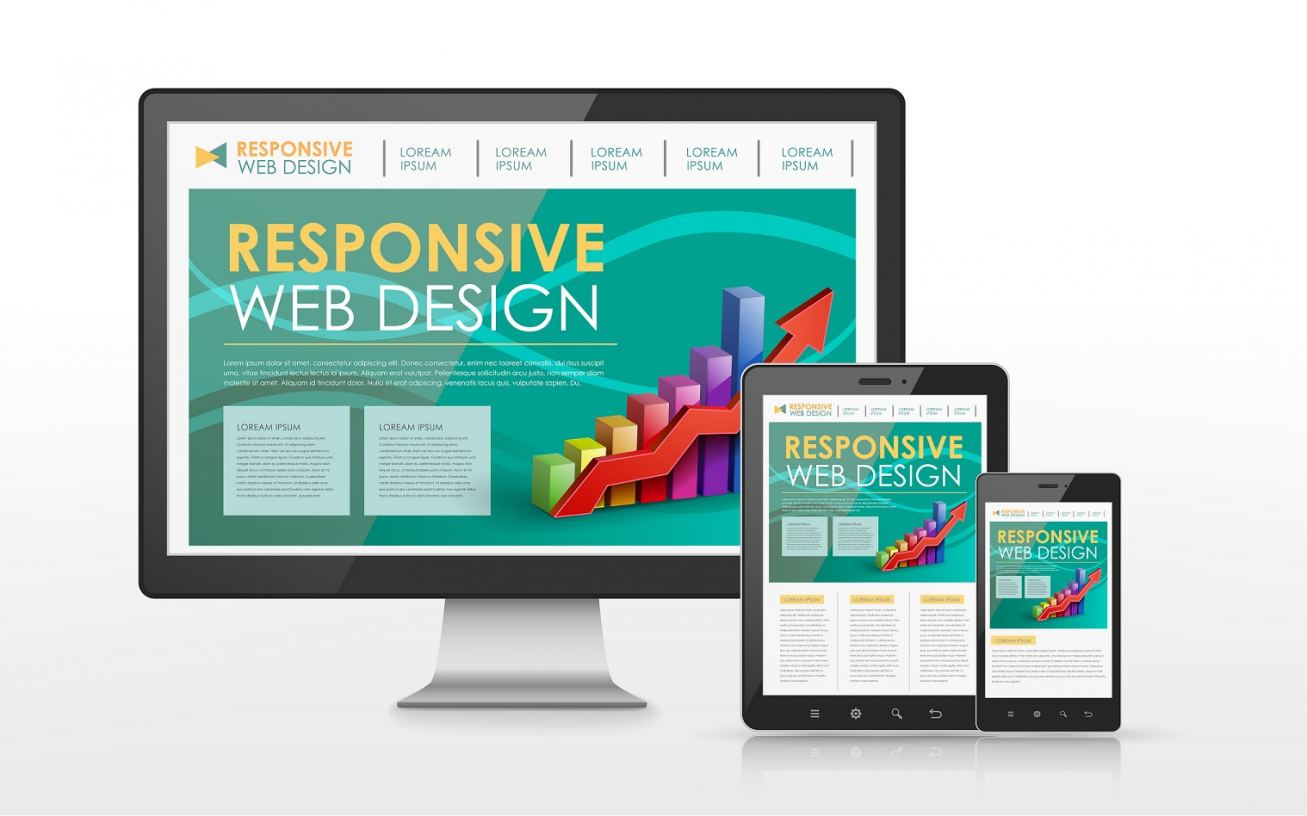 Most websites are designed by creative folks. In the old days of the Internet, when websites were essentially digital brochures, that was fine.
Most websites are designed by creative folks. In the old days of the Internet, when websites were essentially digital brochures, that was fine.
Today, websites are marketing hubs and content publishing platforms. The problem is that the web design industry still creates websites as if they were digital brochures.
The best way to build a website today is to reverse engineer it around your ideal clients’ search and content consumption behaviors.
In other words, you don’t create a design-driven website and the “do SEO” on it later.
Putting The “Design” Part Of Web Design Into Perspective
Of course you need to have to have a professional design. The key is, however, to manage the balance between what your potential customers want to see in terms of design and aesthetics, and what Google needs to see in order to rank your site.
Managing the balance between design and search engine optimization is the key to a successful inbound marketing strategy. Seth Godin sums it up a post where he says that pretty websites rarely convert as well as unpretty ones.
As with any new project, you should always focus on getting the foundation right. Here are some thoughts to get your website re-design project off on the right foot:
- Best-selling author Ann Handley says that you should get the content people in the room early, rather than trying to shoe-horn content in after the fact.
- Content is what drives SEO these days, not back links. Your website needs to be structured as a content publishing platform and as the hub of your marketing efforts.
- Keep in mind that people come to your website for its content, not for its design.
- Remember that there is no perfect web design. In fact, there are an infinite number design styles your site can have and still get the same results as long as the design is professional and SEO friendly.
- Focus on the website re-design to make your website look clean, attractive and easy to navigate.
- Your new site must include a content management system (CMS). WordPress is the best CMS on the planet and there are many reasons why WordPress is the best CMS for small businesses.
- Launching a new website is just the beginning. You will need to feed it with great content all the time for it to grow and work for you.
The reason why many website re-designs fail is simply because content and SEO are addressed after the fact. There is nothing more discouraging for a business than when a new website loses valuable Google rankings, or when a company finds out they have to go back to the drawing board make a new site search engine friendly.
How To Avoid The New Website Ranking Blues
1. Keyword research will help you determine content and pages, thus, will impact site navigation, content and page count.
Keyword research is not as hard as it sounds. Yet, almost no one considers keyword research when drafting website content.
For basic keyword research, you can use a free tool within Google AdWords called the Keyword Planner to search for specific keywords that are being searched in your niche. The great thing about this tool is that you are not only able to find the words most searched, but also how much commercial competition there is for each word. With this data, you can develop a list of words to include in your website copy and content marketing plans.
Recommended for YouWebcast: Advanced Facebook Growth Hacking
2. The content people need to know what to write about.
Once you do the content research, you have to get it to the “write” people – as in the content writers. It’s important that they understand the goal of weaving your keyword targets into the copy while delivering your own messaging. It’s not that you want to write for Google or the search engines – that is a terrible idea. It’s just that you do want to forget about the search engines when you are writing or structuring your website.
3. SEO coding best practices should be addressed by designers and developers early on.
After your keyword research is done, you’ll need to pay close attention to SEO coding best practices to make sure the re-design is optimized from the first line of website code.
Moz has an awesome resource for this called the Web Developer’s SEO Cheat Sheet.
This is extremely important and should be addressed early on.
4. Website layout and page elements, such as content placement above the fold and elsewhere are important for SEO and for conversion optimization.
We’ve talked about including the right words, writing the right kind of copy and using the best code, but you also need to consider how much content to include and where it should be placed.
For example, the content at the top of your page has more search engine weight than the content at the bottom. Also, a page with 100 words of content is less likely to rank than one with 500 or 2500 words of quality content.
You want to make sure that the message and goal for each website page is clear at the top of the page, and that a call to action or purpose for each web page is clearly defined.
5. Other content besides text copy should be included on your website.
Rich media on your website not only helps for search engine optimization, but also for conversion optimization. Consider embedding videos from YouTube, embedded podcasts, downloadable PDFs and of course images.
Each one of these pages element can be tagged with structured data for SEO to give the search engines context to these page elements.
In Conclusion….
When SEO is not addressed early website design and development, a site will never be able to reach its organic search engine potential.
You don’t want just any website visitors to come to your website, you want your ideal customer prospects. The reason why people come to your website in the first place is to find a solution to their problem or an answer to their question.
By making SEO a priority at the outset, you can build the perfect mouse trap.
[“source-Business2community”]











